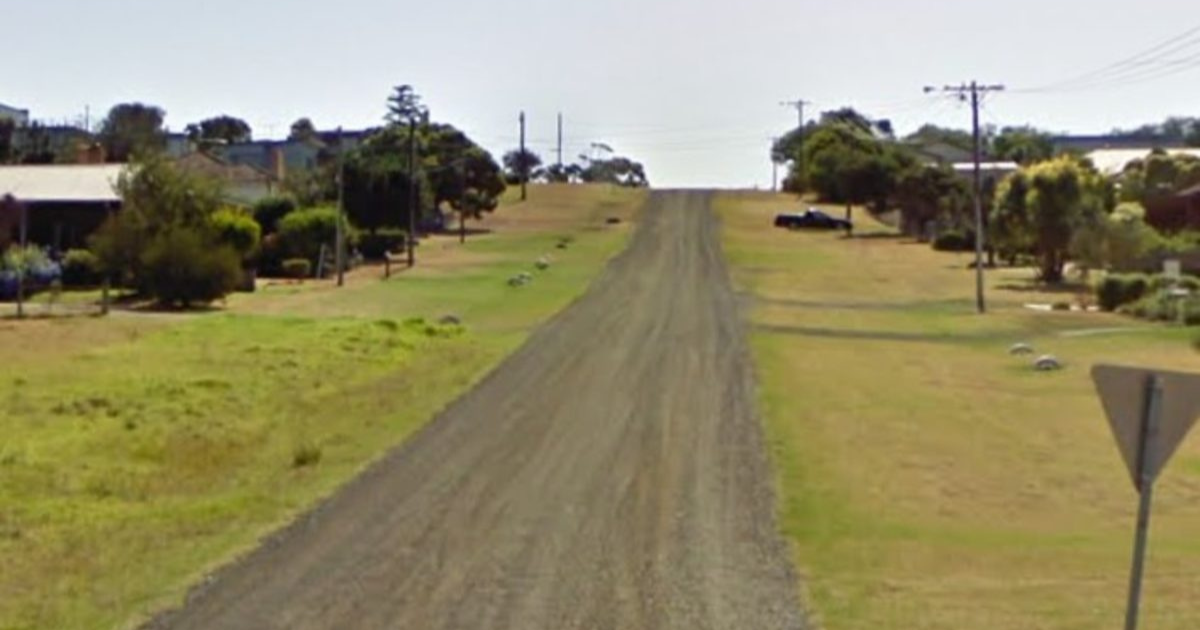Mayor’s Column: Stephanie Asher from the City of Greater Geelong
MIDDLE ground can sometimes be an uncomfortable space to sit. The place between two passionate viewpoints is rarely a place of peace and tranquillity, consensus is not always the calm waters between sets.
Collaborating and addressing multiple viewpoints doesn’t make headlines, it’s not a hero-style approach. It doesn’t dominate or shout in victory. Listening, effectively acknowledging everyone’s views then finding a way to move forward forces middle ground solutions.
People tend to walk away reasonably satisfied, perhaps muttering a little, rather than one group fist-pumping the air and the other in tears.
In Geelong, there are some issues that attract more attention than others. And some topics afford commentary from people who seek attention, have past connections with a project and/or who opportunistically promote their public profile.
The Green Spine is one such topic and, as was demonstrated last week, taking a middle ground approach to the road treatment of Malop Street is no peaceful picnic.
While opponents have been publicly vocal, councillors have also received supportive feedback since Tuesday’s decision. Indeed, a local newspaper poll showed 40 per cent support for the decision, and a multitude of comments verify what we hear from the community.
Anyone reflecting honestly on discussions about the Green Spine since 2012 would appreciate the large and vocal resistance to the project since day one. Council is certainly aware of that sentiment and we continue to support the project and the long-term intention.
For now, it’s important to clear up some misconceptions regarding the chamber decision to modify some elements of the completed section of the Spine.
Firstly, this is not a council ‘backflip’. The current council had no part in approving the detailed design of the Green Spine’s first stage – this was done by government-appointed administrators.
For me, the logical approach to building a Green Spine would start with tree planting the length of Malop Street, closely followed by a two-way bike lane down one side of the street. This would have sent a visible message about project aims to reduce vehicle traffic and connect our botanic gardens to our train station.
However, council administrators agreed to develop a wholly completed section of the Spine instead. A valid approach but one that forced behavioural change and so required ongoing communication.
This first stage, recently described by its original architect Hisham Elkadi as a diluted version of the intended pedestrian-only zone, was installed with an inadequate public transport system and without appropriate explanation.
The bike lanes currently sit in isolation – not connected at either end – with no communication about the vision. And, yes, I have requested this communication many times. The year-long construction devastated many local traders and put community members off-side. Traffic has been congested ever since.
It’s clear that some design elements, while well intentioned, have created problems for accessibility and pedestrian safety, and slowed traffic more than was necessary.
Hence the chamber discussion, which had been flagged repeatedly by Cr Kontelj.
What’s the decision? The details are available online in the council meeting agenda and, in summary, include reintroducing turning lanes to keep traffic moving, improving disability access and parking, and replacing the bike lane on the north side of the street, ideally with a two-way bike lane on the south side. The botanic walk and all landscaping elements remain unchanged.
What happens next? The work is proposed for 2020-21 and the estimated cost of these adjustments is over several years.
As for the next block of the Spine, we are awaiting a decision by state government on bus movements to allow for bike lanes. Having recently met with the Department of Transport, I’m optimistic about a collaborative solution through the state government’s newly integrated approach to transport planning.
This is no kneejerk response and it is nothing to do with party politics – the majority vote was bipartisan. This is a long-deliberated and sensible move to the middle ground on a project that has been clumsily handled from inception.
Muttering is expected.


















